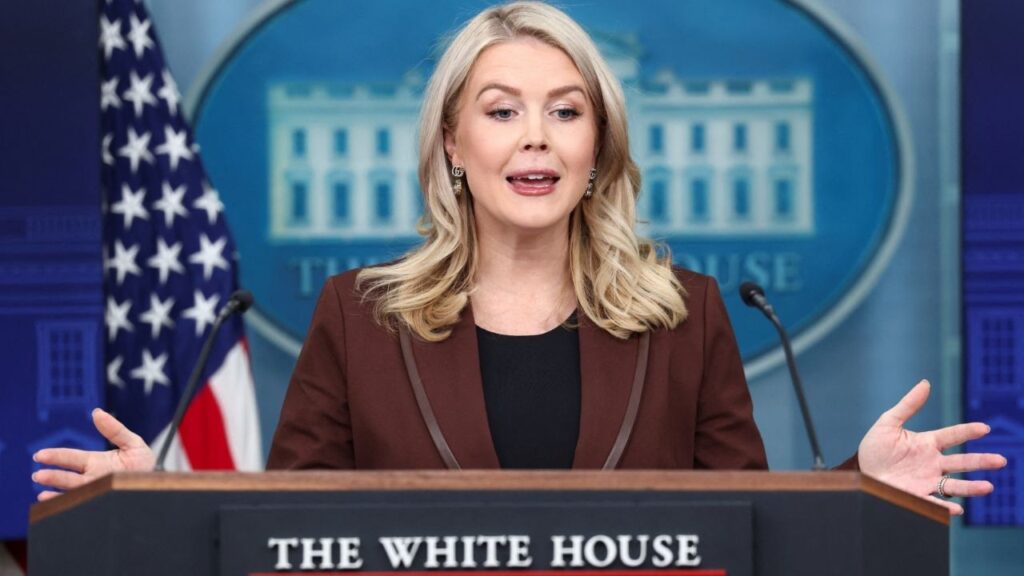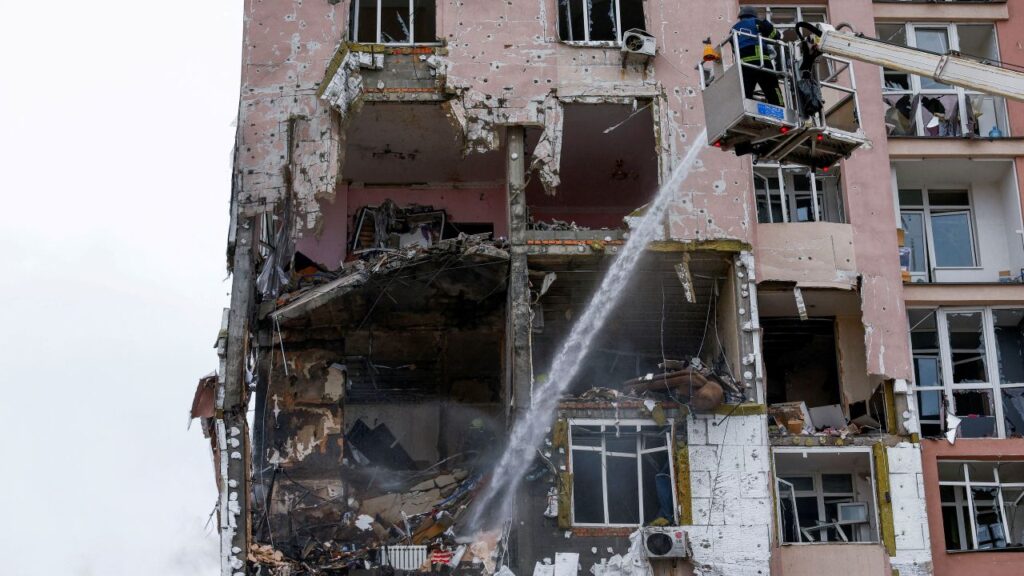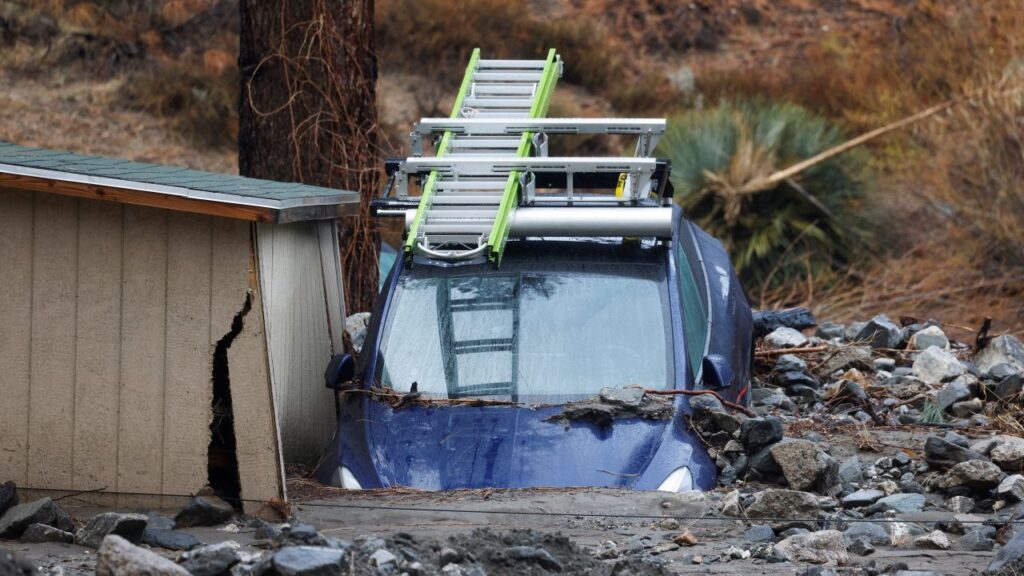Share
California, a state with the nation’s highest poverty rate, consistently ranks near the bottom when it comes to enrolling low-income people in CalFresh, the state’s name for the federal food stamp program.

Opinion
by Jackie Botts
CALmatters
“It’s outrageous that so many Californians struggle to put food on the table,” said state Sen. Scott Wiener, a San Francisco Democrat. “We’re leaving money on the table and people aren’t getting the food that they need. It’s time to kick into gear, streamline the system, get people signed up and stop with the excuses.”
Just 72% of eligible Californians were enrolled in CalFresh — the fourth lowest rate in the nation — in 2016, the last year for which national data is available. A bill by Wiener, currently winding through the Assembly, would require the state to enroll 95% of eligible households by 2024, with no county enrolling fewer than 85%. It also requires the state to develop a new metric to better track who’s getting CalFresh at a local level and who’s not.
“I’ve sat with folks who shared tearful hugs at the realization that they would have $200 extra in their budget for food and I’ve also sat with people so frustrated with the process that they gave up entirely,” Francesca Costa, who does CalFresh outreach at a nonprofit in San Francisco, said at an April legislative hearing. “This is a loss not just for them, but for their families, for California’s economy.”
California Trails Far Behind the Rest of the US
CalFresh is fully funded by the federal government and generally available to households earning less than 200 percent of the federal poverty level before taxes, which is about $4,184 per month for a family of four. The program reached 3.9 million Californians in 2018, but roughly 1.5 million missed out on the monthly payments, which average $270 per household.
Nine states, including coastal neighbors Oregon and Washington, enroll nearly every eligible person.
That California trails far behind the rest of the country has long vexed state officials.
The state has steadily improved the program’s reach in recent years, up from a dismal 51% participation rate in 2010. That’s due in part to lawmakers’ attempts to streamline the application process, dropping a requirement for fingerprints, a test of financial assets and a lifetime ban on people with drug-related felony offenses.
California also launched a partnership five years ago with Code For America, a non-profit that works to modernize government services, to create a user-friendly online application called GetCalFresh.org. Small tinkering made a big difference, like making the website mobile-friendly, breaking up hard-to-calculate questions about income into multiple steps and allowing people to upload documents on smartphones. All told, more than 1 million people have used the site.
“We’ve been making pretty good progress in increasing participation over time,” said Alexis Fernandez, acting chief of the California Department of Social Services CalFresh branch.
Eligibility Calculation Is Complex
But reaching Wiener’s goal of getting CalFresh to nearly all eligible households will require California to reckon with an arduous application that leads many to give up or not try at all. Unlike most other states, California’s program is administered at the county level, creating a variety of application processes statewide.
Some counties would have to do a lot more to catch up than others. Contra Costa got CalFresh in the hands of just about half of eligible people in 2017, compared to nearly full enrollment in Fresno County, according to state data.
“When you have a legacy of barriers and 58 counties administering CalFresh in different ways, you have to actually proactively remove barriers,” said Tracey Patterson, of California Food Policy Advocates, a sponsor of the bill.
The eligibility calculation is complex and exceptions abound, so applicants must answer dozens of questions, provide supporting documents, and attend a mandatory interview always during working hours. A missed phone interview is a principal reason people give up on CalFresh, according to Code For America.
Wiener’s bill also requires counties to allow people to apply entirely over the phone, including providing a signature, rather than having to visit a welfare office or mail in paperwork. Currently only 19 counties offer this.
“We shouldn’t have a DMV situation in terms of how you apply to CalFresh,” Wiener said, referring to long lines and in-person processes at the Department of Motor Vehicles. “You shouldn’t have to go into the office.”
Plenty of Low-Hanging Fruit
Patterson hopes that by creating better metrics the bill will realign counties’ incentives to improve participation, evoking the adage that “what gets measured gets done.”
At present, counties can only be penalized for giving people too much benefit, which could lead some county workers to require extra documentation from applicants to prove their eligibility.
“When you’re looking at what counties are evaluated on in terms of their oversight from the state, it is their error rate and their timeliness rate,” Patterson said. “That can run in somewhat of a disincentive to a culture of eligibility, where you’re trying to figure out how to make sure that you get everyone possible through the process and get it right the first time.”
The pending legislation lacks any funding for counties to improve their application process or increase outreach, causing some local officials to raise concerns about how they could achieve the new goals.
“We definitely need more state and federal funding, because we’d have to add staff,” said Kathy Gallagher, director of the social services department in Contra Costa County, home to a hard-to-reach senior population. Currently, only one in five eligible seniors in California receive CalFresh compared to the national average of 42%.
Advocates counter that there’s plenty of low-hanging fruit that will cost little to fix.
Weiner Optimistic About Goals in His Legislation
But Fernandez, of the state’s CalFresh branch, said: “I hesitate to call them low-hanging fruit. If they were low hanging, we would have done them. These are really complex issues. Locally things look different across California depending on communities where our participants are living.”
Counties with large populations of working poor, unhoused people and immigrants face unique challenges.
In California, immigrants living in the U.S. legally can be eligible but many worry that receiving CalFresh will hinder the chances that they or family members get citizenship, particularly in light of a proposed rule from the Trump administration that would block some legal immigrants from getting a green card if they use — or are deemed likely to use — public services like health care, food assistance and housing programs.
Despite the challenges, Weiner is optimistic about the goals in his legislation.
“I don’t think it’s too ambitious. I think the counties have had all the time in the world to fix these problems and they’ve made some progress but it hasn’t been fast enough,” Wiener said. “It’s time to just get the job done.”
Jackie Botts is a journalist at CalMatters working for The California Divide, a collaboration among newsrooms examining income inequity and economic survival in California.



















